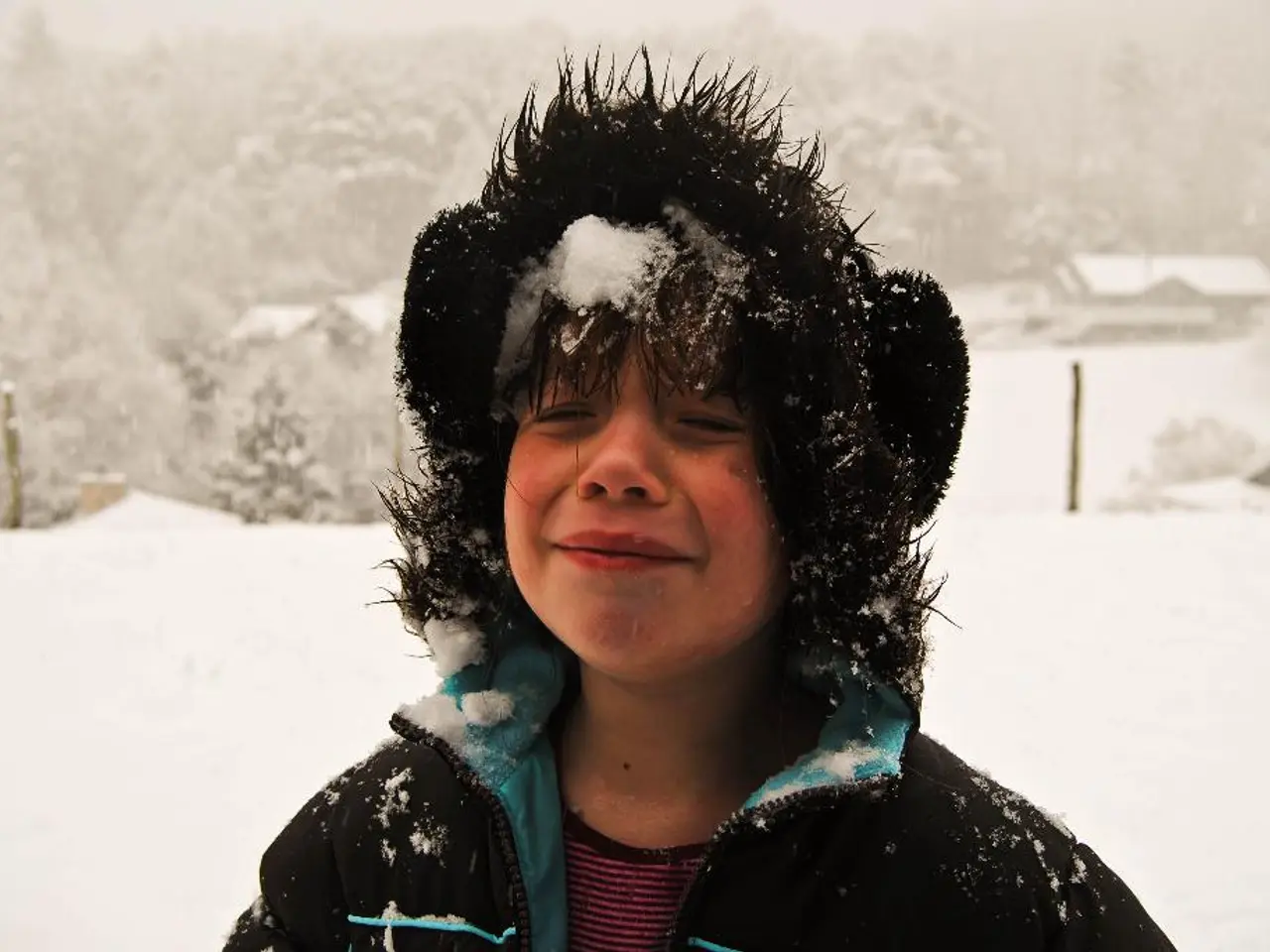Discussing Traumatic Matters with Children: Avoiding Additional Distress
Supporting Children After Trauma: A Comprehensive Approach
In the aftermath of a traumatic event or loss, children may struggle to cope and process their feelings. To help them navigate this challenging time, it is essential to adopt a comprehensive approach that addresses their emotional, psychological, and social needs.
1. Trauma-Informed Practices
Implementing trauma-informed practices is crucial. This involves assessing and understanding the child's specific needs, taking into account their trauma history. By identifying triggers and setting events, you can create a safe environment for them[1]. Consistency and predictability in routines and structured activities can reduce anxiety and provide a sense of stability[1]. Offering choices to empower the child fosters autonomy and trust in decision-making processes[1].
2. Emotional Support and Regulation
Being attentive to signs of distress and adjusting strategies accordingly is vital. Emotional regulation tools like relaxation techniques or safe spaces can be helpful[1]. Providing caregivers with information about trauma symptoms and treatment options enhances understanding and support[5].
3. Therapeutic Interventions
Art therapy, narrative therapy, and Internal Family Systems Therapy (IFS) are just a few examples of therapeutic interventions that can aid children in expressing and processing their emotions related to trauma[2].
4. Community and Family Support
School-based interventions, parenting services, and community resources all play a role in supporting children after trauma. Mindfulness practices, teacher training on trauma, and support for parents within educational settings can be beneficial[3]. Offering parents skills to manage behavior problems and increase emotional support is also crucial[5].
5. Regular Check-Ins and Case Management
Ensuring regular updates on treatment progress and providing guidance on navigating healthcare and legal systems is essential[5].
Practical Tips for Trauma Conversations
- Begin conversations by gently exploring a child's understanding of the traumatic event.
- Reassure young children directly and kindly that the incident was not their fault, helping to restore their sense of safety.
- Normalize feelings such as fear, sadness, or anger in children struggling with emotional reactions to trauma.
- Share your emotions honestly, but avoid overwhelming the child or shifting the focus.
- Tailor conversations to a child's age, using clear, honest, and developmentally appropriate language.
Remember, navigating trauma conversations with children requires offering consistent compassion, patience, and presence.
Sources: [1] Stanford Children's Health [2] Psychology Today [3] Greater Good Science Center [4] APA Practice Organization [5] National Child Traumatic Stress Network
Read also:
- Digestive issues: Understanding causes, remedies, and further details about acid reflux and excessive burping
- Exploring Botox as a Treatment for Interstitial Cystitis: Insights, Adverse Effects, and Further Details
- Linking brain weakness and cognitive decline: An examination of the potential relationship
- Is it Possible that Stem Cells Improve Joint Durability and Mobility during Senior Years?





